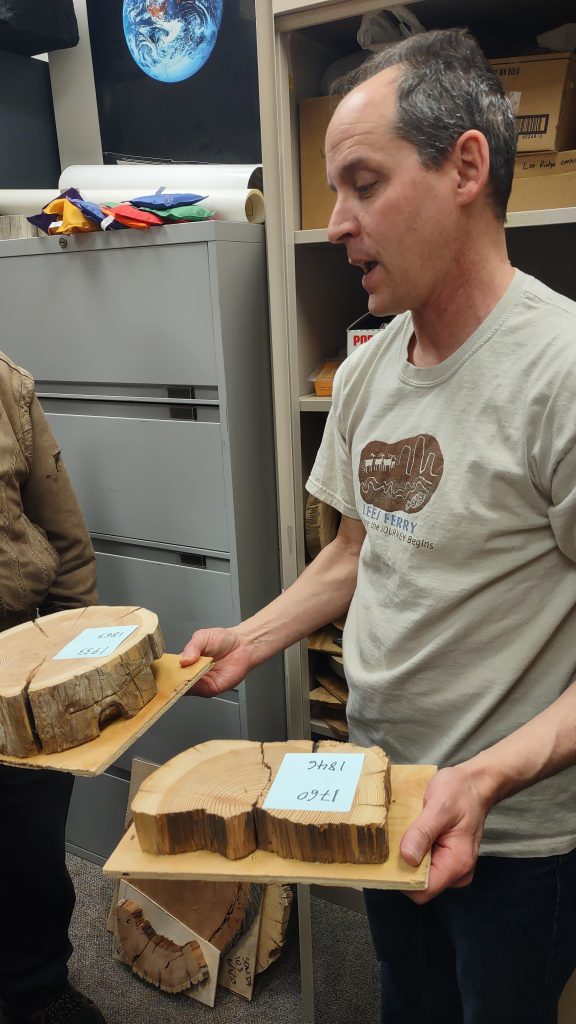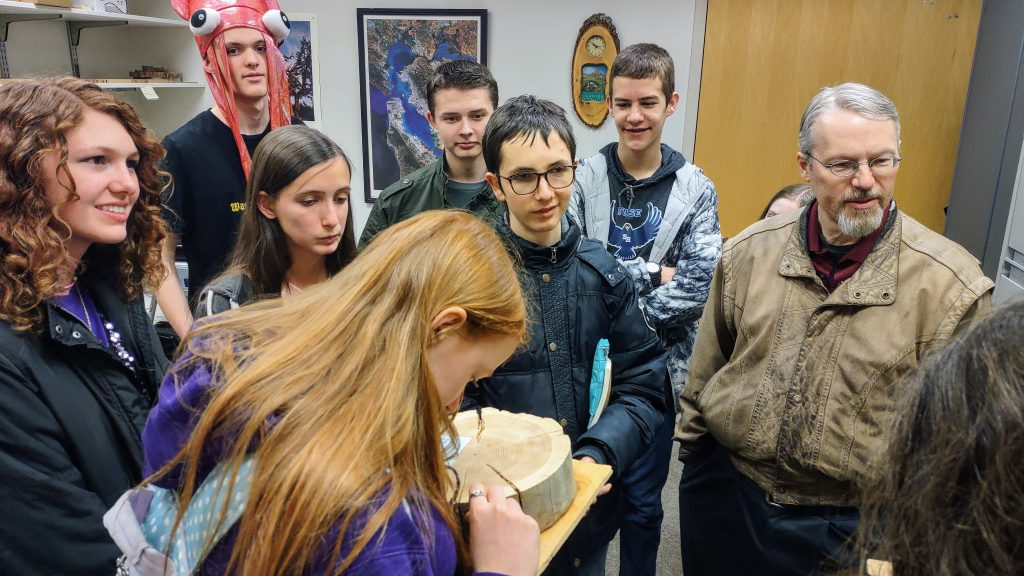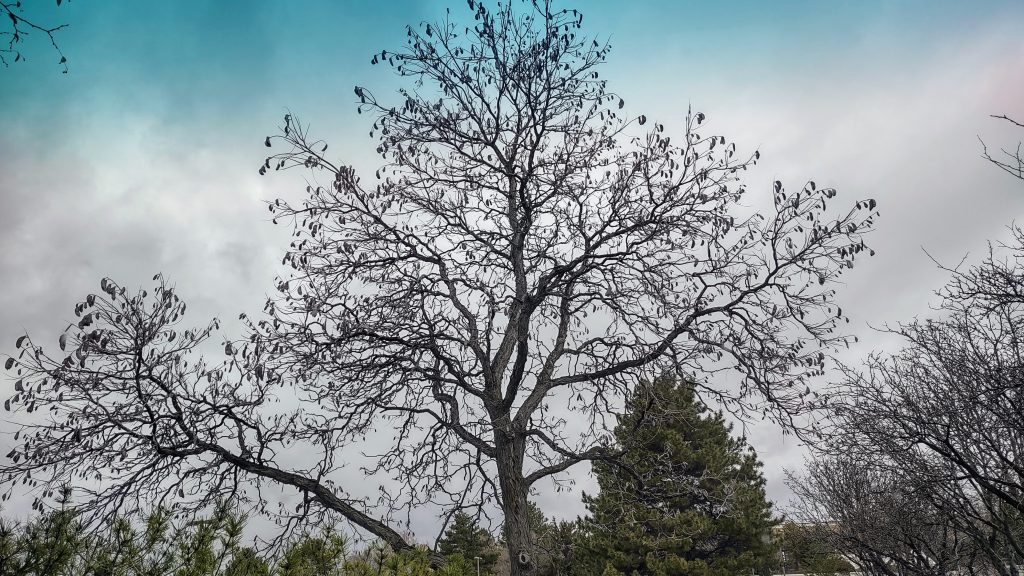Calendar Items:
UPCOMING EVENTS: Just because it’s nice to know, here is the next month or so I’ve got planned. (All plans are subject to change, of course.)
Mar 14th – In-class field trip to Timpanogos Park. Erik, from Making Tracks, will be teaching us about animal tracking and bird language. TWO REACTION PAPERS AND 2-3 NATURE JOURNAL PAGES DUE
For this field trip you MUST have a waiver signed. I will email you all that information privately.
Mar 21st – Cameron, Elizabeth, Shawn mini lessons – Sister Mock takes second hour
Mar 22nd – FRIDAY – ALL DAY optional field trip to Little Grand Canyon. Details below.
March 28th – in class field trip TBD
April 4th – SPRING BREAK
Homework items:
READ 10 Essential Herbs chapter 8 on onions – pages 203-223
FINISH two more Reaction Papers and 2-3 more Nature Journal Pages. Turn in your Reaction Papers THIS WEEK. (By April 14th you will need to have SIX total Reaction Papers turned in and 10 Nature Journal pages ready to show me in class. If you were in class the ENTIRE YEAR, you will need to have a TOTAL of TEN Reaction Papers turned in and 18 Nature Journal Pages to show me in class. Students who complete the basic class requirements will receive the Naturalist Award at Graduation. In order for your OPTIONAL extra projects to count for the Botanist and Ecologist Awards, you must also have fulfilled the requirements for the Naturalist Award. If you aren’t sure how many papers you have turned in, email me.)
TALK to your parents about the upcoming optional field trip. The itinerary will be as follows: On Friday, March 22nd we will meet at the little Walmart off of Hwy 6 in Spanish Fork (898 S 2550 E, Spanish Fork, UT 84660) at 8:45 am. We’ll drive away at 9:00 am. ETA at the trail is 11:00 am. I anticipate we’ll hike for 2 hours, eat a picnic lunch down there, and start heading back to the Spanish Fork “Small-mart” at 1:00, which will make our arrival time in Spanish about 3:00 pm.
What you need to know: This is a 4 mile out and back hike along the rim of a canyon down south of Price. The trail is mostly flat. There will not be any shade. You will need good walking shoes, water, a hat or sunscreen, and A LUNCH or lots of snacks. Also, bring your nature journal so you can get a page or two done. If you’d like to get more details of the trail itself and see on a map where it is, follow THIS LINK to AllTrails for that sort of info. Follow the link below to the sign up. For those coming from up north, I recommend you carpool down to Spanish Fork, but you don’t have to. I’ll let you (and your parents) work that out.
THIS LINK will take you to the field trip sign up list. Once I’ve heard from all (or most) of you, I’ll open up any empty seats in my van to other ASA kids who’d like to come. If your parents or younger siblings want to come, they are totally welcome, but I’m reserving my van seats for our class so your family may need to provide their own transportation. It’s totally worth it. This is going to be so much fun. I’m craving a little desert time.
Tree Tour Recap – for your Nature Journal
Below are some photos from the different trees (and shrubs) we visited on the BYU Tree Tour. There are SO MANY trees we didn’t go look at. You can take yourself on the tree tour by going to treetour.byu.edu. It will pull up the map with the trees and shrubs listed, and there is also a “tree list” where you can just quickly run through the list of trees. When you click on the individual trees, popups will give you great information about that species. I know it was sort of unusual that we visited these trees BEFORE they started leafing out, but hopefully you got the idea that leaves aren’t the only interesting things on trees. (Plus, there were plenty of conifers to look at, so that was fun, too.)
NOTES FOR YOUR NATURE JOURNAL – remember the meta data – date, time, temperature, location, etc. Use drawings, words, and numbers on each page, but know you don’t have to have equal amounts of those things. If you really like to draw, then draw more. If you really like to write, then write more. Add drawings from different perspectives like close up drawings, landscape drawings, to scale drawings, etc. (I know this is hard since we are going off photographs.) You can just do a page comparing barks or cones of a variety of trees. You can do a page per tree. Remember you are making a scientific record/memory of what you observed and experienced in that moment. Try to create connections and ask questions- things the trees reminded you off or made you think of, or make note of strange things you saw that you couldn’t explain. You are welcome to add poetry or quotes, etc. This is science, but it’s also art and literature if you want it to be. It’s life.
Gingko (Ginkgo biloba)- This pyramidal, slow growing tree can reach heights above 60’ long after you are dead. As a tree from the dinosaur era, the fan-shaped leaves with parallel veination are worth staring at to take you back a few eons. Ginkgos produce a strong central leader and bright green, fan-shaped leaves that turn a brilliant yellow in the fall. The leaves hang on quite late into the season, and then drop suddenly together—in 2-3 days. Female trees produce a very malodorous plum-like fruit, so nearly all landscape plantings specify a male cultivar (‘Autumn Gold’ is perhaps the most popular). This tree grows well in most sites and requires little care. It is a great alternative to quaking aspen. LOOK AT THIS LINK FOR PHOTOS OF THE LEAVES.
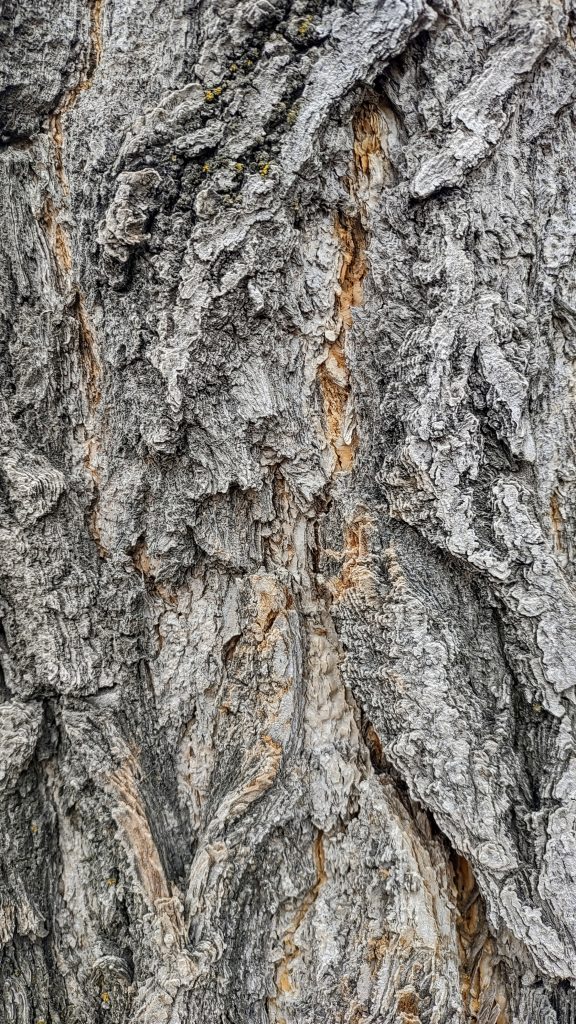
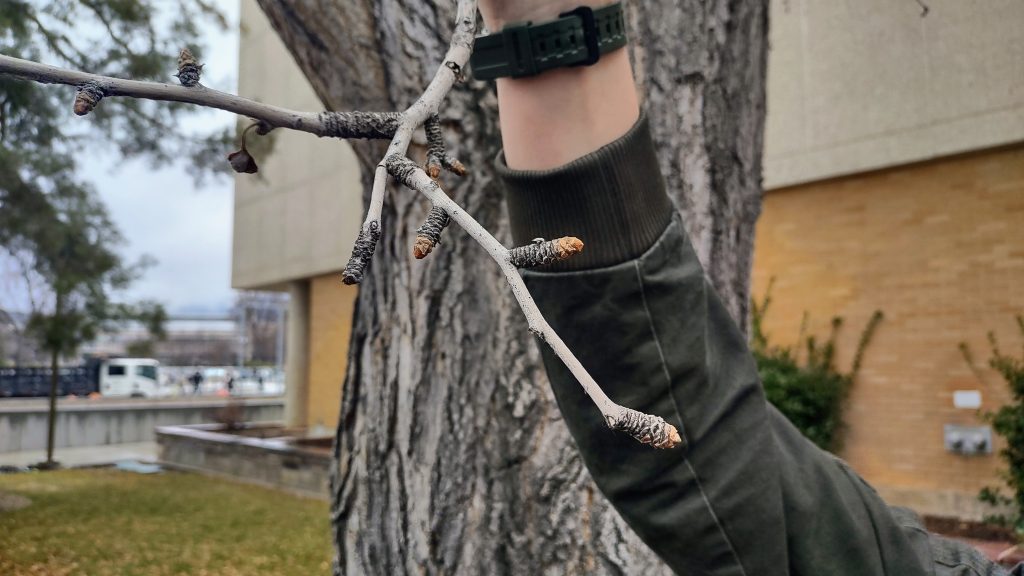
Bosnian Red Cone Pine (Pinus leucodermis)- This is a slow-growing tree that matures at about 20’ high and 10’ wide. It is ideal for those who want a small, tightly pyramidal pine in the landscape. This tree tolerates heavy clay soils as long as drainage is good.
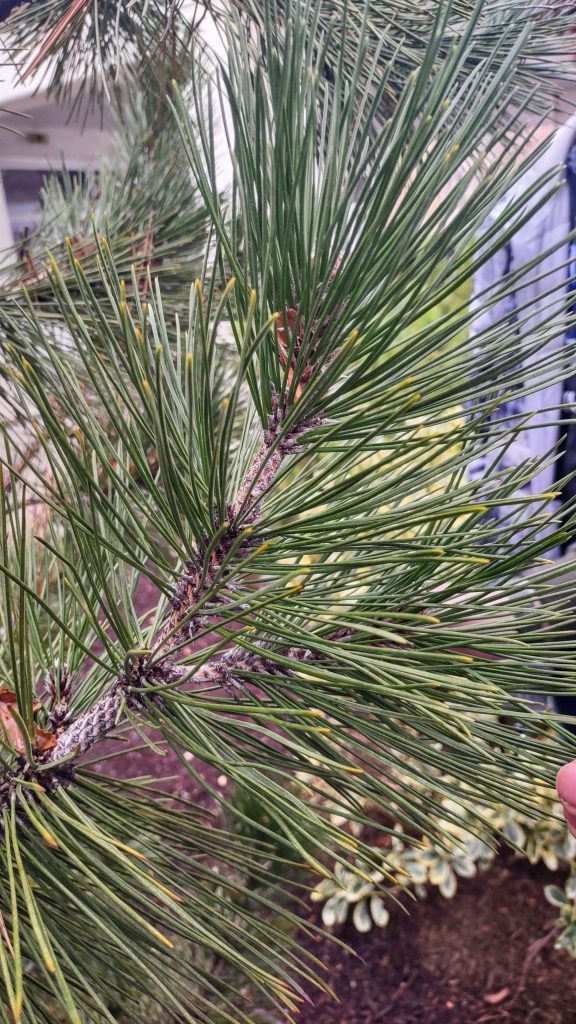
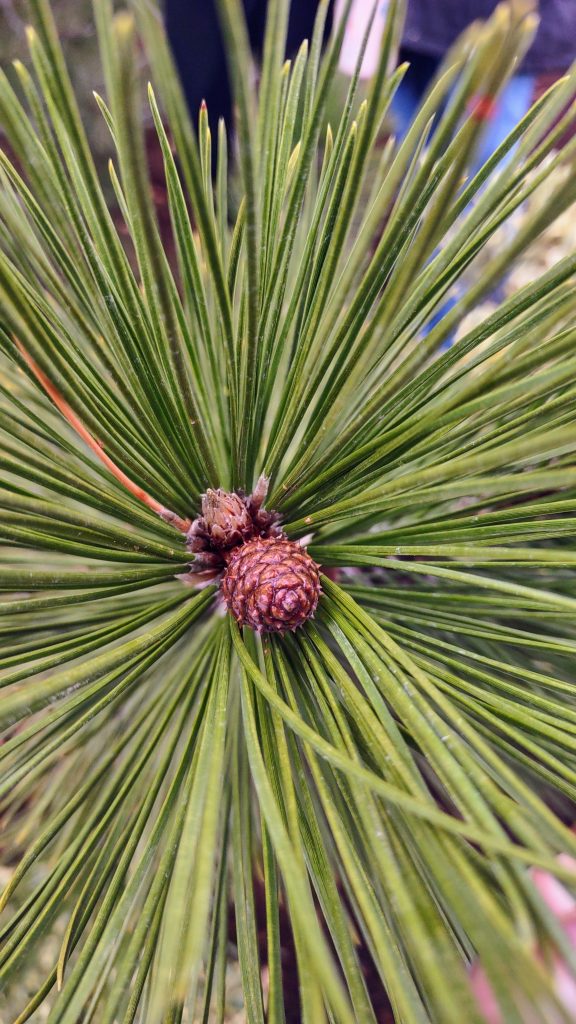
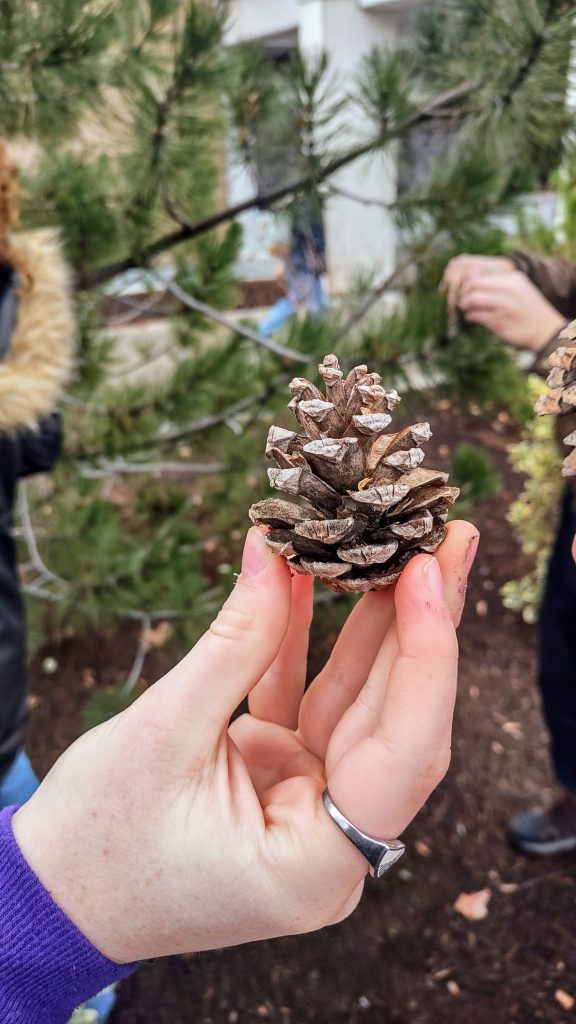
Chinese Elm (Ulmus parvifolia) – This rapid growing tree is adaptable and able to grow well in most soils. It requires little maintenance and is quite attractive with fine textured foliage and beautiful bark. It tolerates heat and poor soils and is resistant to Dutch elm disease. This is an outstanding ornamental shade tree, not to be confused with the Siberian elm (#57) that is often mistakenly referred to by the same name. (45’h x 55’w)
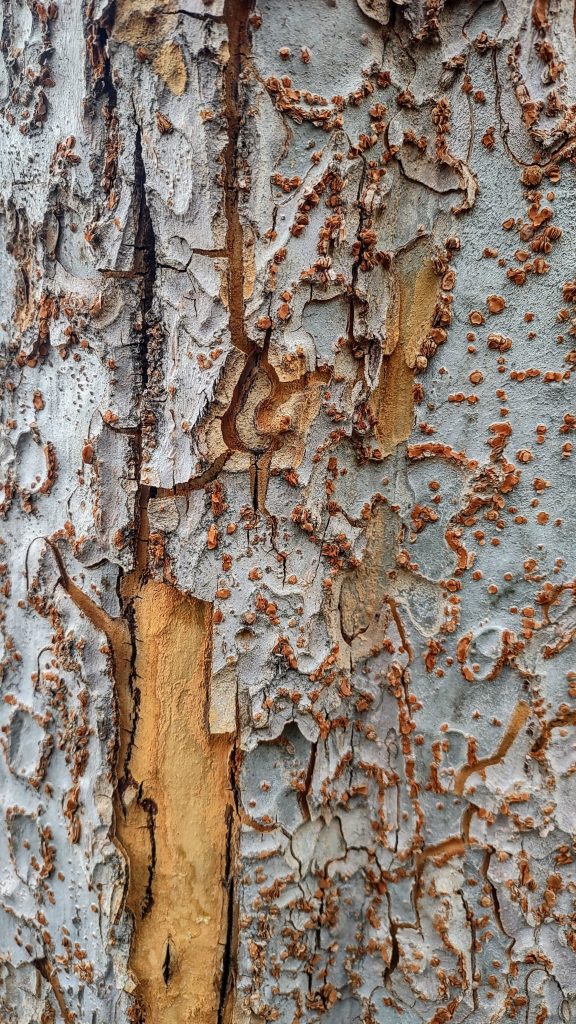
Norway Maple (Acer plantanoides) – This is probably the most common shade tree planted in central Utah landscapes. It is a large, round, hardy tree that is well-adapted to city conditions and has small, yellow-green flower clusters that are produced before the dark green leaves. A broken petiole exudes a white milky sap which distinguishes it from other maples. Shallow rooting may cause problems in lawns, sidewalks, or other structures.
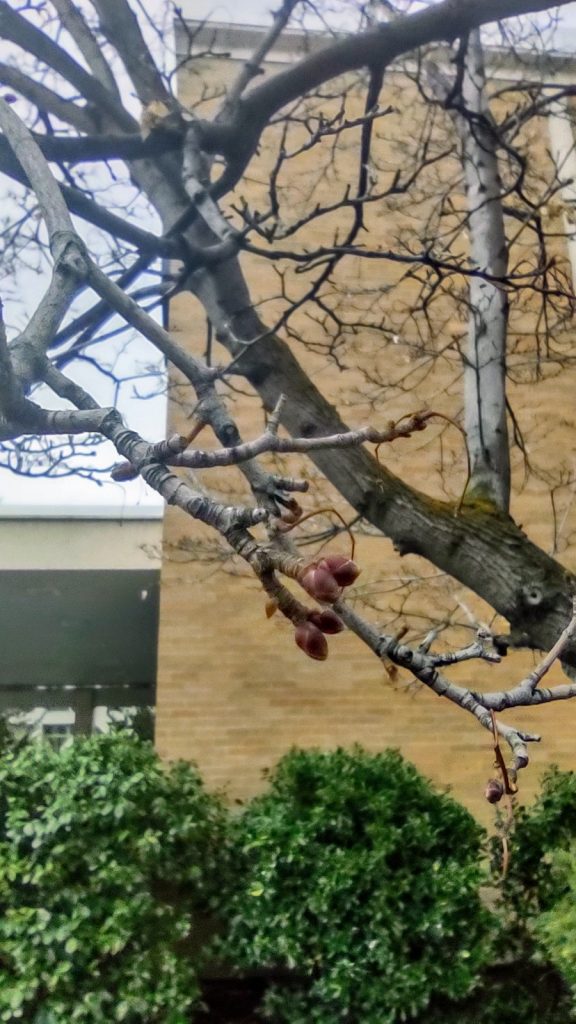
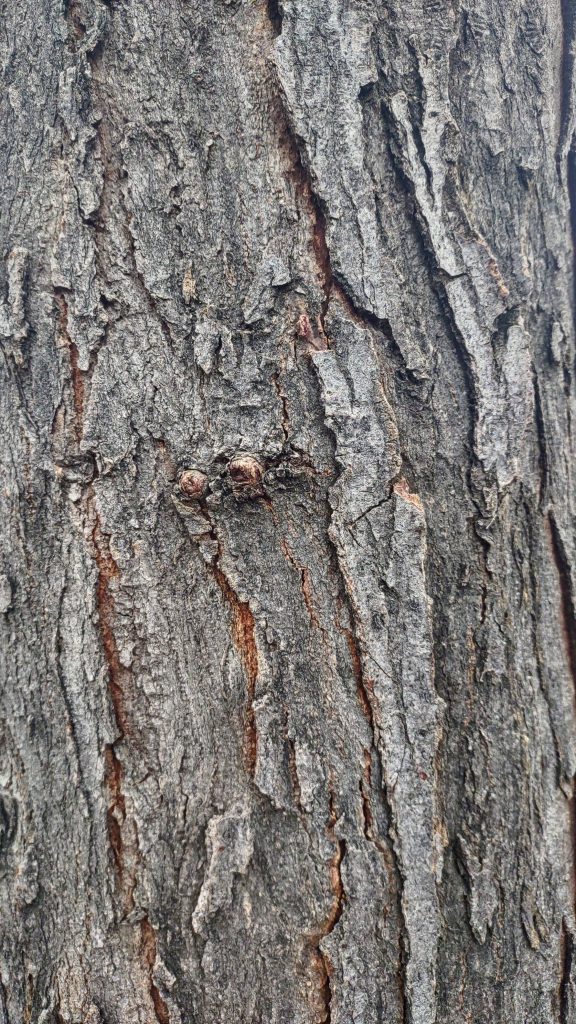
Green Atlas Cedar (Cedrus atlantica) – This pyramidal tree is a beautiful wide-spreading evergreen. It needs plenty of space for optimal growth and best landscape use. It is drought tolerant, clean, and requires little care. It is reportedly less cold-hardy than other cedars and should probably be planted in a protected area in Utah County. (50’h x 40’w).
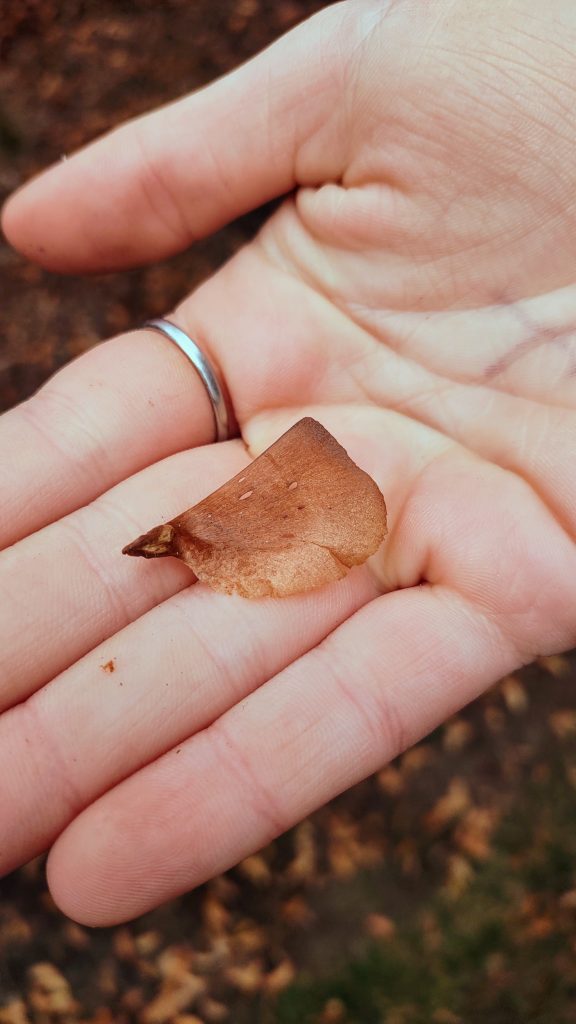
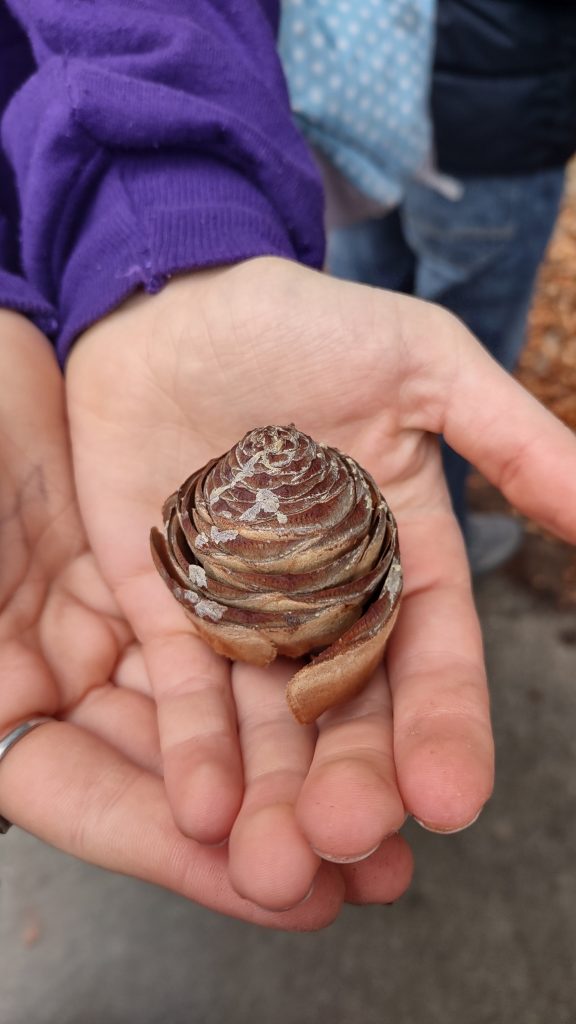
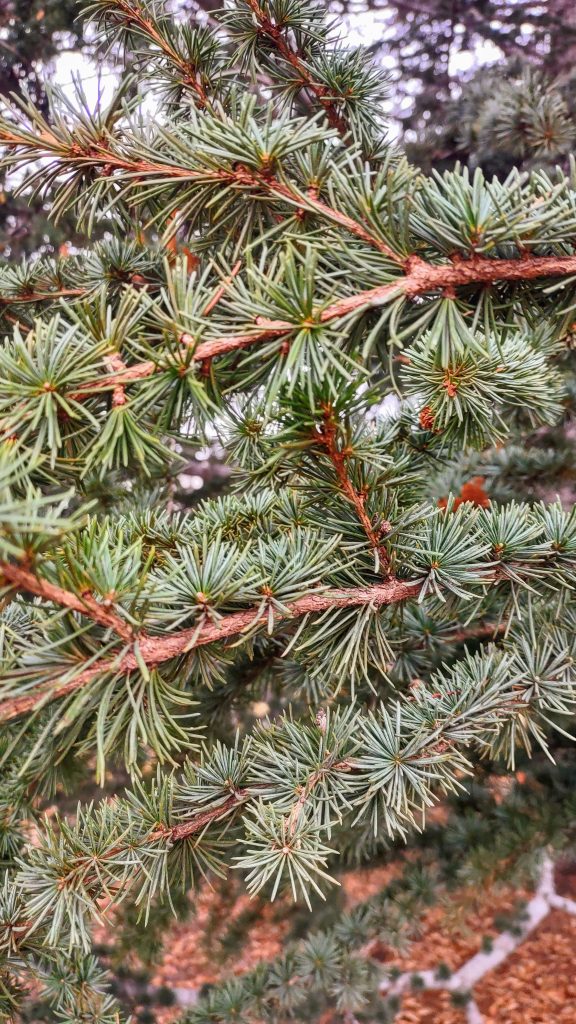
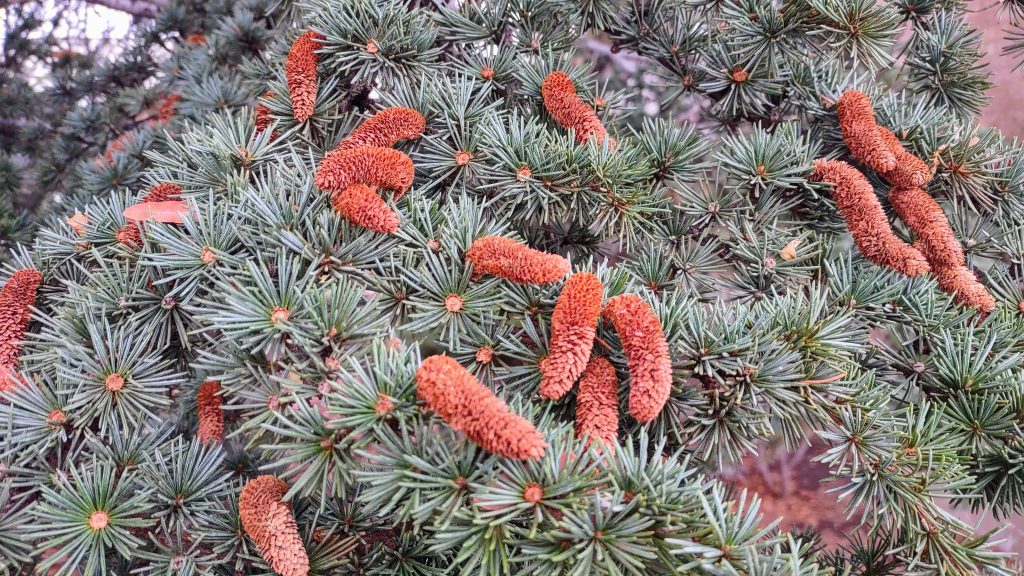
Bristlecone Pine (Pinus aristata) – A native of the Rocky Mountains, this 5-needle pine grows very slowly; some reports indicated that it only increases an inch in diameter each century. It is drought tolerant and adaptable to wide variety of soil types, but requires some protection from drying winds. As it ages, this tree develops an irregular shape that is very picturesque. (15’h x 10’w)
Apparently I didn’t take photos of the bristlecone pine? Uh…. Here, look at THIS link.
Sweet Hackberry (Celtis laevigata) – Also called sugarberry, this tree produces a sweet, juicy orange-red fruit that is relished by birds. Bright green leaves, which tend to be narrower than common hackberry (#78), turn a showy yellow in fall. The tree grows rapidly and requires skilled pruning when young to develop good structure. (55’h x 45’w)
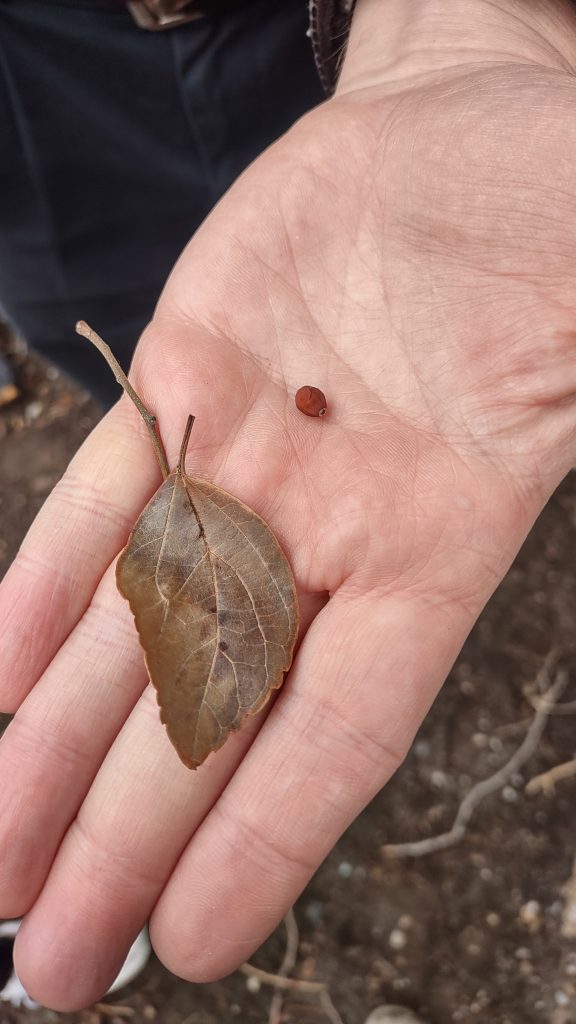
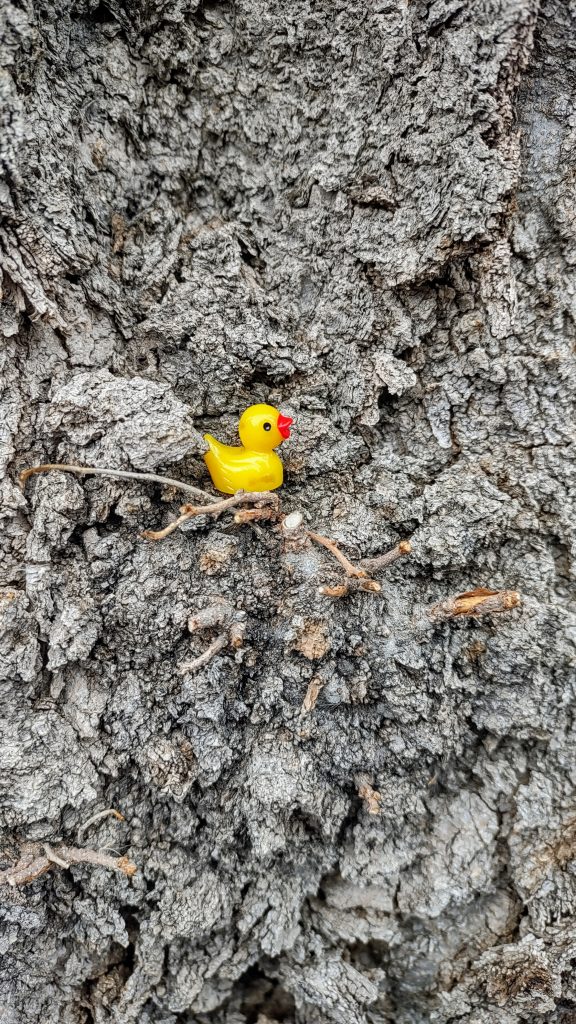
Japanese Yew (SHRUB) (Taxus cuspidata) –
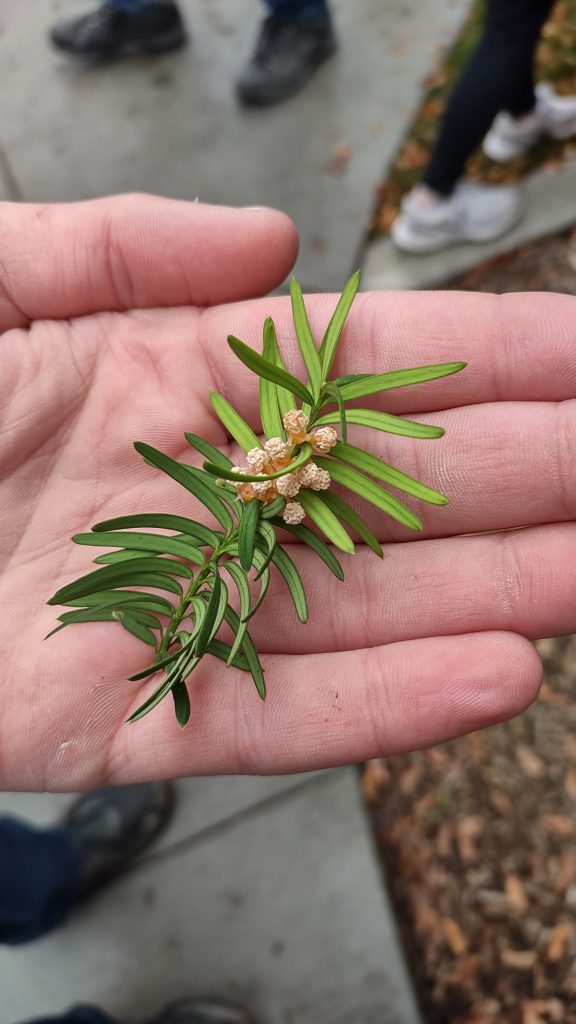
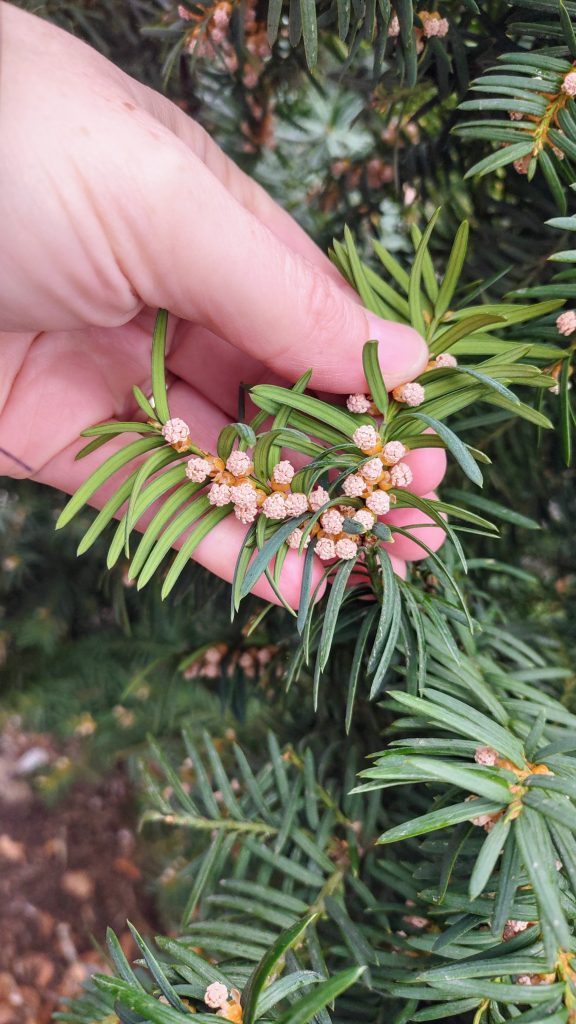
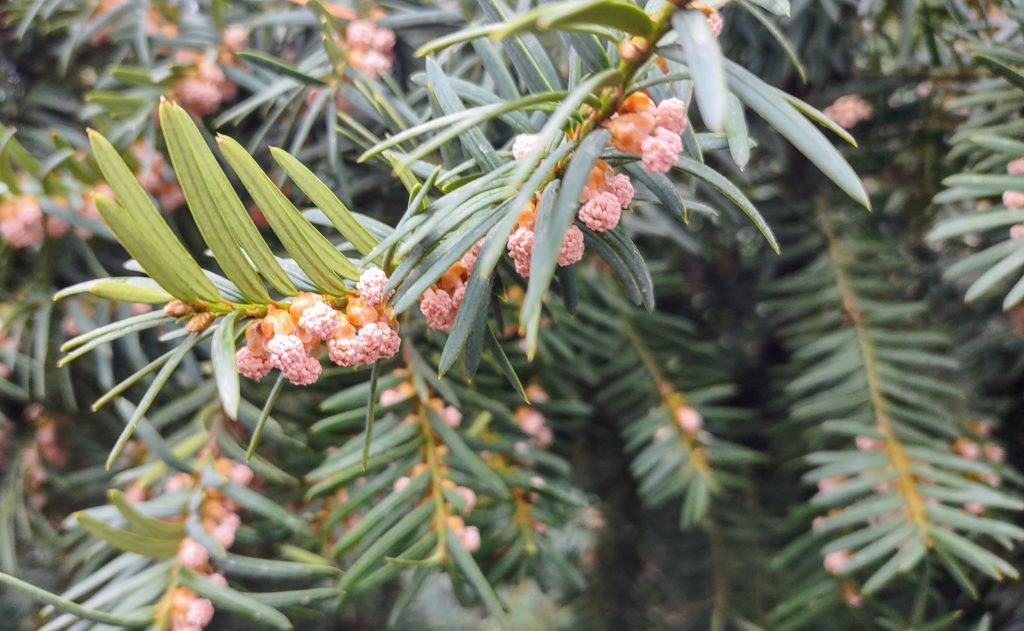
Goldenrain Tree (Koelreuteria paniculata) – One of the few yellow flowering trees found in the landscape, goldenrains produce branched clusters of blossoms in July. It grows well in most types of soils and is moderately drought tolerant. Verticillium wilt is occasionally a problem and younger branches are subject to snow damage; otherwise a great choice for a medium round tree. Another closely related species is the Chinese flame tree. It has very similar leaves and form, but boasts larger flowers in the fall rather then midsummer and produces rose-pink seed pods instead of the golden-brown seed pods of the Goldenrain Tree.
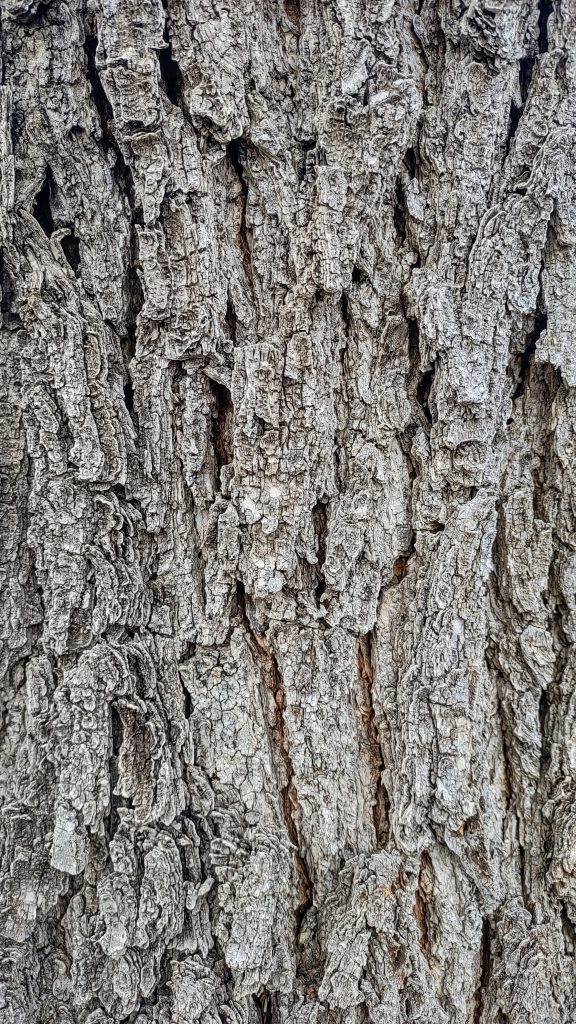
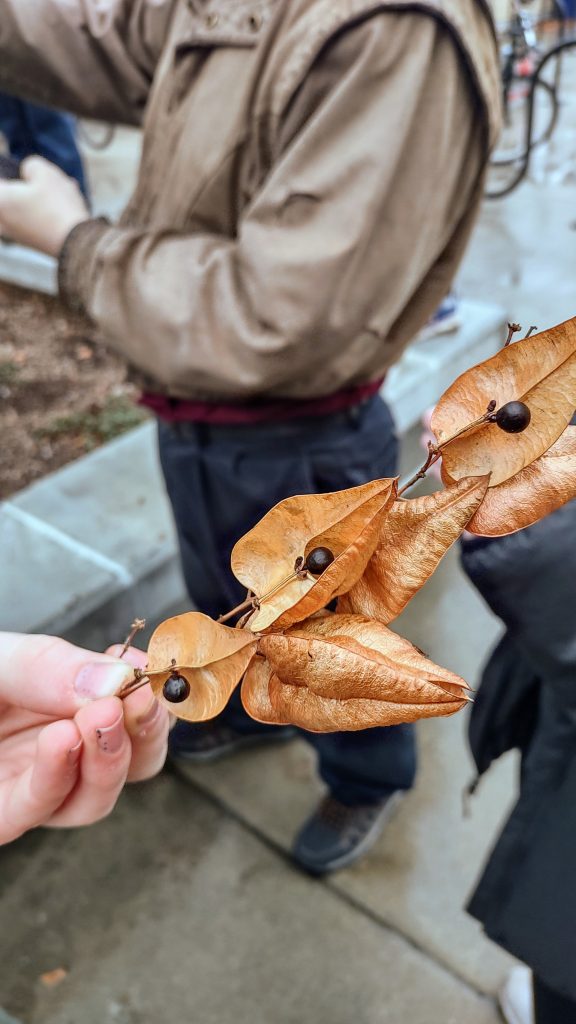
Bur Oak (Quercus macrocarpa) – This large decurrent tree has a magnificent spreading form. It has a deeper root system making it a typically better lawn tree than the more commonly used Norway maples (#102). Other enchanting features of this tree include corky winged projections on young branches and the large acorns (1 ½ inches long) with curly fringes on the cap. Children love to collect and play with these acorns. (65’h x 55’w)
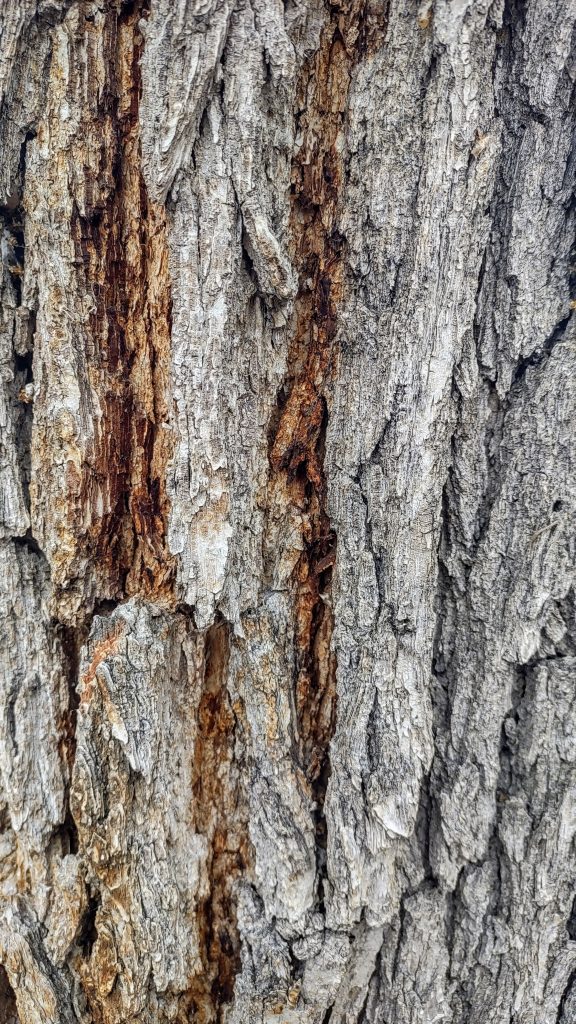
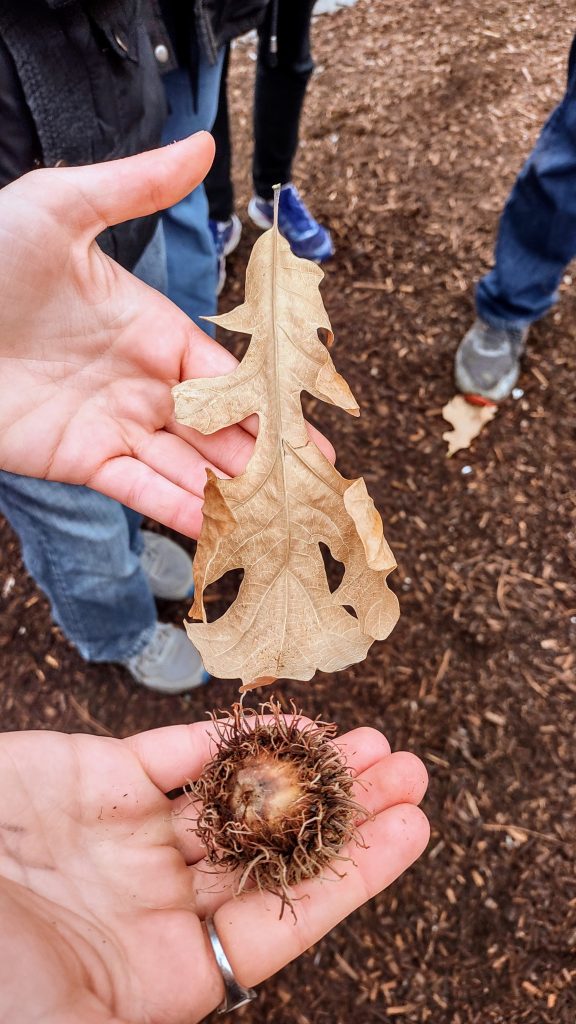
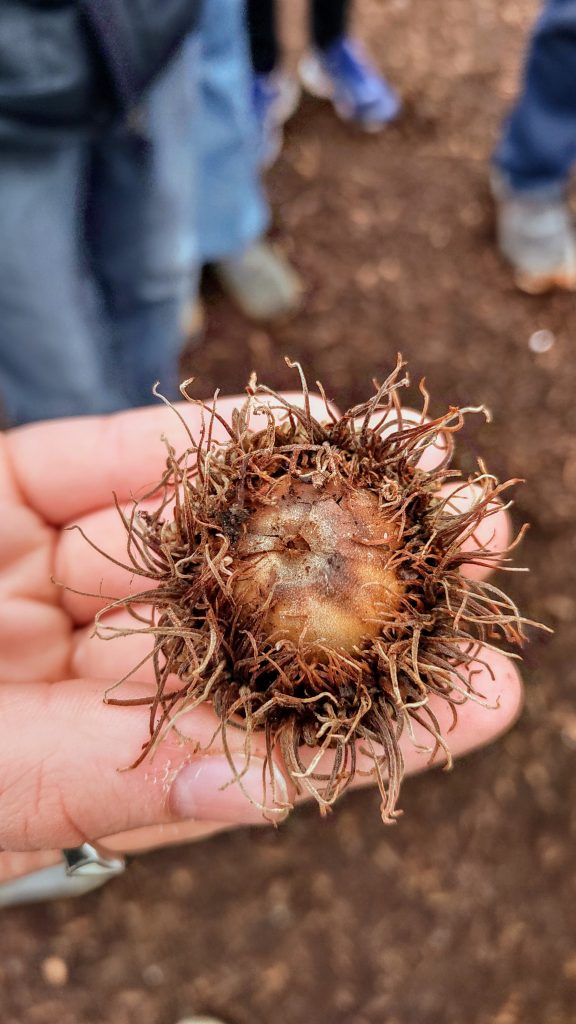
Paper Birch (Betula papyrifera) – This short-lived, pyramidal to upright tree grows best in colder climates. It needs moderate irrigation and prefers full sun to partial shade. Its most outstanding feature is the thin, smooth, chalky white bark that gradually erodes in thin tatters. This tree is generally not suitable for urban landscapes along the Wasatch Front since it is plagued by many diseases and insect pests. However, it is less susceptible to birch bores than European white birches. (40’h x 30’w)
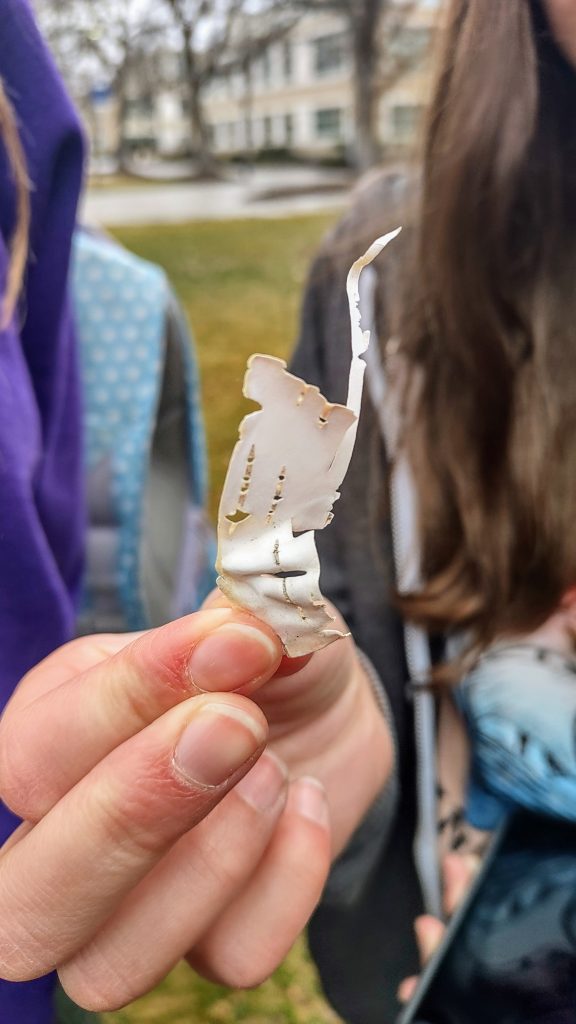
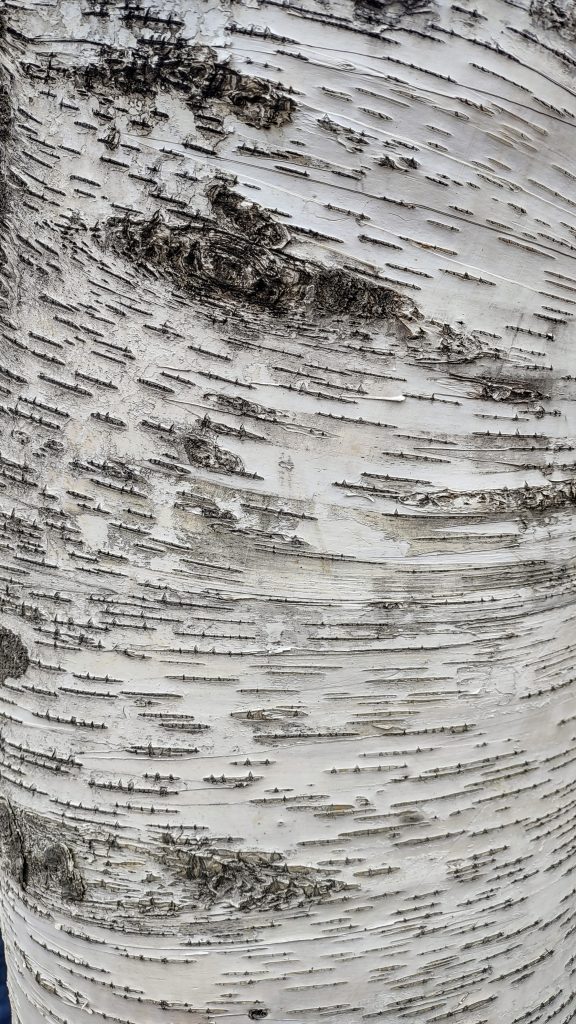
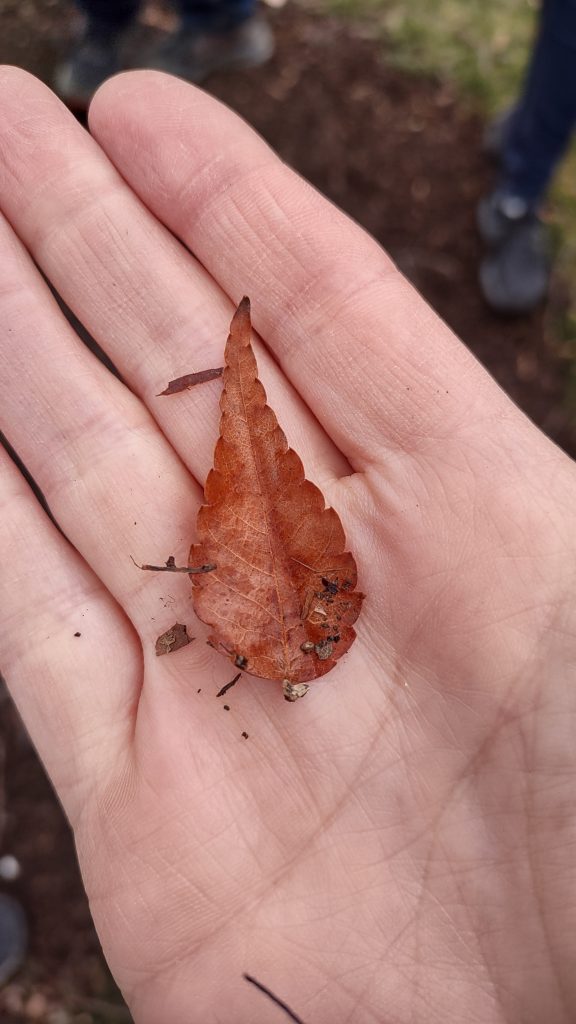
Red Horsechestnut (Aesculus x carnea) – This tree grows best when planted in rich, moist, well-drained soil. It is a slow growing tree, valued for its symmetrical outline, attractive red flowers, and medium size. Panicles of 6-inch rose-red blossoms are produced in May, developing slightly prickly capsules that contain a non-edible nut about 1 1/2” in diameter.
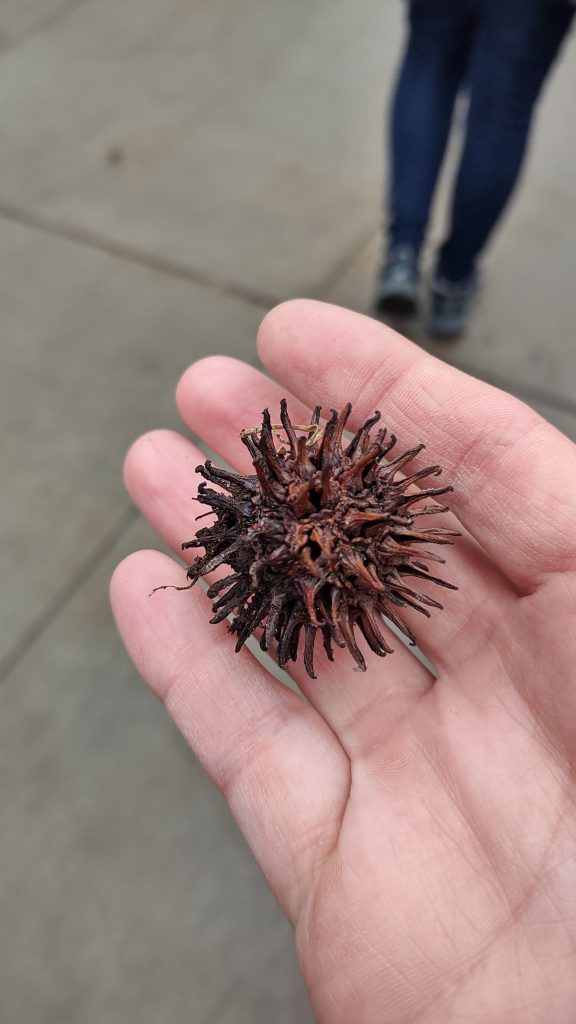
Kentucky Coffee Tree (Gymnocladus dioicus) – This round, irregular-branched tree requires surprisingly little maintenance. During winter, the bare branches and distinctive bark form a striking silhouette that is quite picturesque. Kentucky Coffee Tree is another very adaptable tree that will do well in a variety of conditions. This species has separate male and female trees. Females produce a thick, leathery pod about 4-6 inches long that persists into the winter.
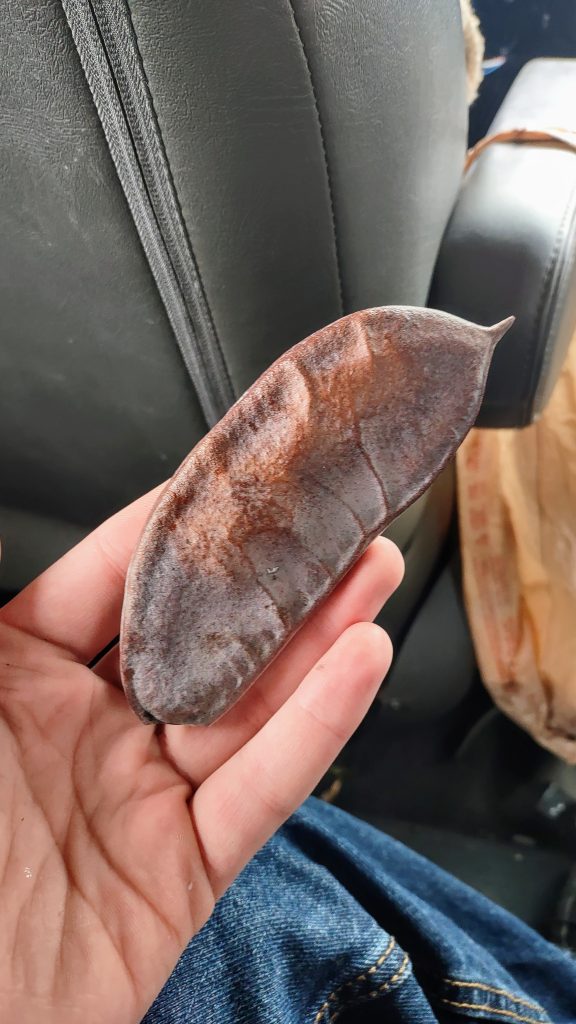
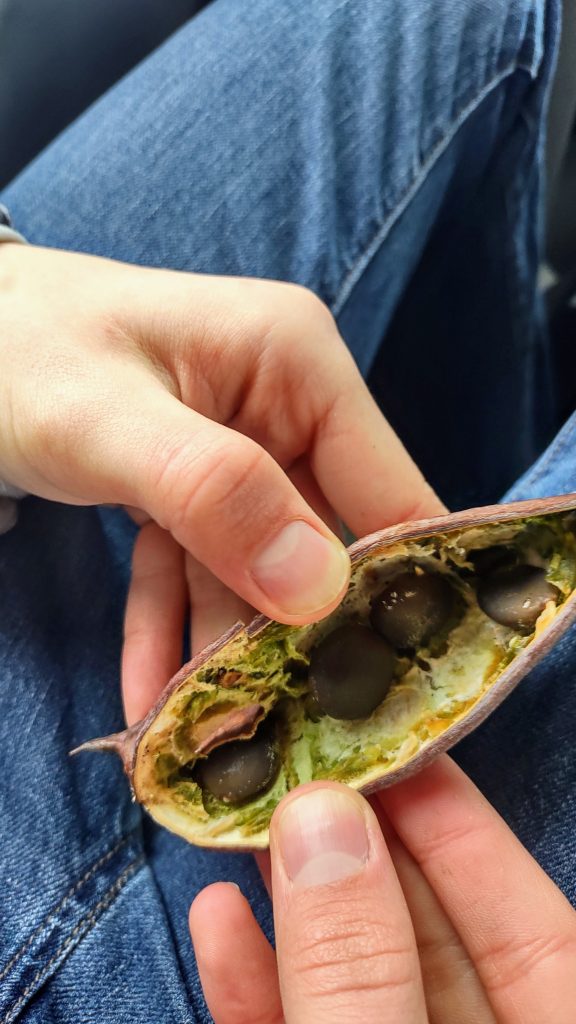
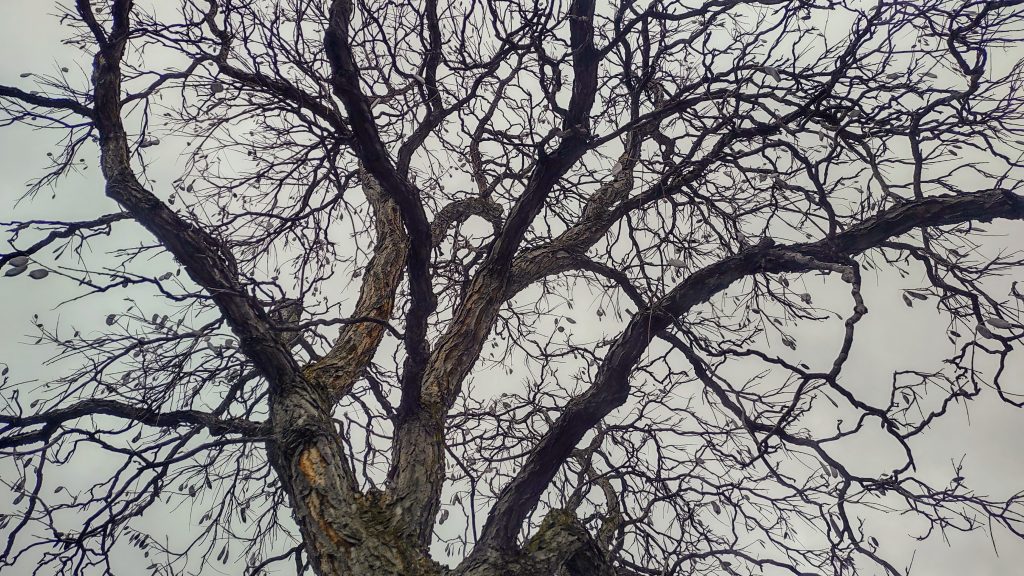
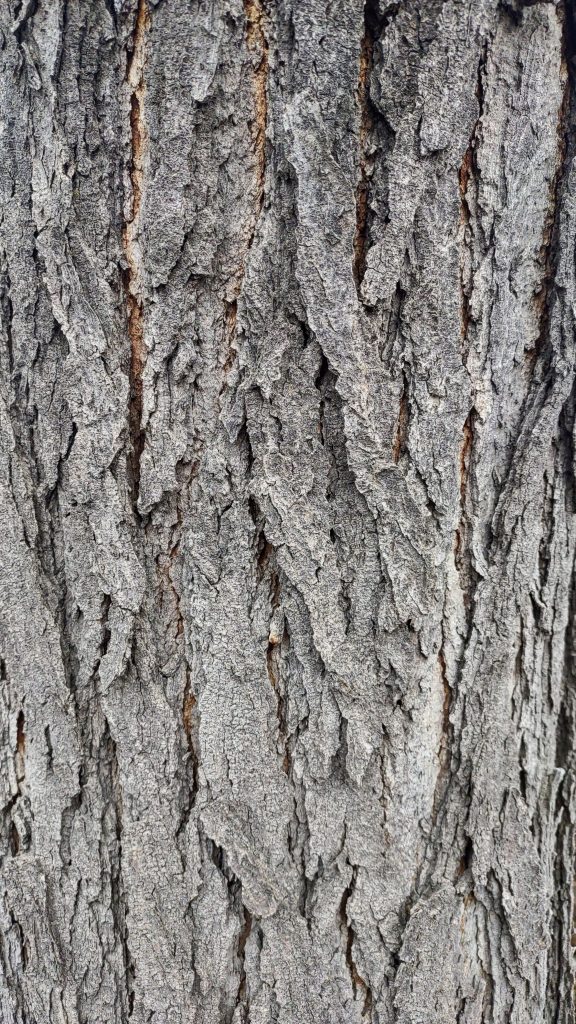
And we learned about tree ring science!
